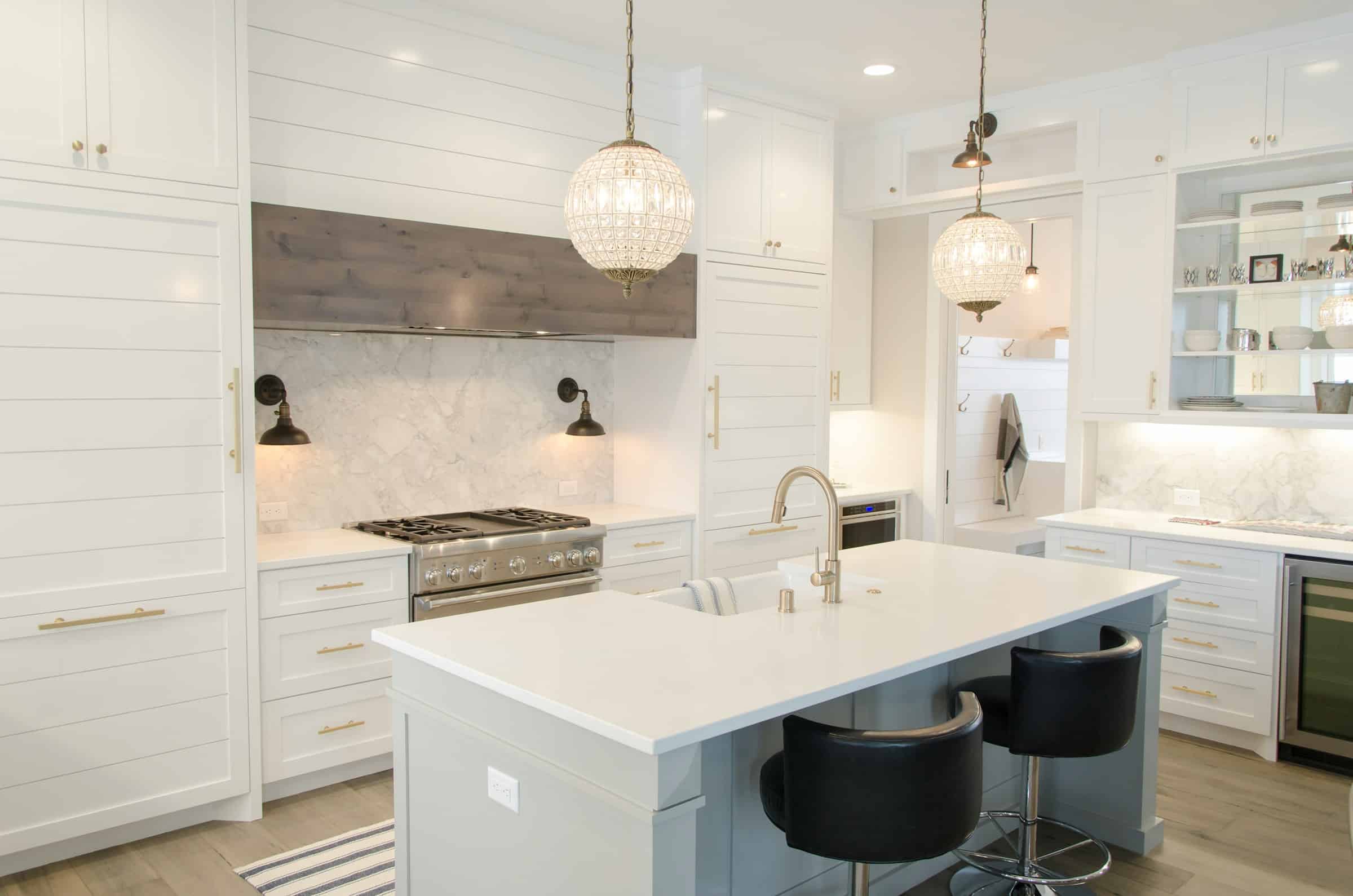When you’re about to upgrade your home theater system, it’s not just the screen size and surround sound that you should consider. The acoustics of your room play a vital part in the overall cinema experience. In this article, we will guide you on how to pick the best acoustic materials for your home theater room. We will delve into different materials such as wall panels, foam, leather, seating options, and even ceiling treatments. By the end of this guide, you will have a comprehensive understanding of how to optimize your theater room for the best sound performance.
Understanding the Importance of Room Acoustics
Before you begin shopping for acoustic materials, it’s crucial to understand the importance of room acoustics in a home cinema setup. Sound travels in waves, and when it reaches your ears, it’s the result of a complex process that involves the source of the sound, the medium through which it travels, and the surfaces it interacts with. Understanding this process will help you choose the right materials to improve your cinema room’s acoustics.
En parallèle : What Are the Best Air Purifying Systems for a Home with Smokers?
Soundproofing and acoustic treatment are two different things. Soundproofing involves stopping sound from entering or leaving a room, for instance, to prevent noise from your home theater disturbing others in the house. This can be achieved by using soundproofing wall panels or ceiling treatments.
On the other hand, acoustic treatment is about improving the sound within the room. This involves using materials that absorb, diffuse, or reflect sound waves to control how they behave. This can include bass traps, diffusers, and absorption panels.
Avez-vous vu cela : How to Design a Glamorous Vanity Room for Beauty Enthusiasts on a Budget?
Selecting the Best Wall and Ceiling Materials
The wall and ceiling materials play a pivotal role in determining the acoustics of your theater room. Some materials reflect sound waves, creating echoes, while others absorb them, reducing noise and enhancing sound clarity.
One of the most commonly used materials for wall panels is acoustic foam. This material is effective in absorbing sound waves, reducing echoes, and enhancing sound clarity. Acoustic foam panels come in various shapes, sizes, and colors, allowing you to find the perfect fit for your cinema room design.
Another popular material for acoustic treatment is the acoustic ceiling panel. Like wall panels, ceiling panels help absorb sound waves, reduce noise, and improve sound clarity. A variety of materials can be used for ceiling panels, but the best ones will depend on your specific needs and preferences.
Choosing the Right Seating Material
While the walls and ceiling play a significant role in room acoustics, the seating material can also impact the sound quality. Leather and fabric are two common materials used in home cinema seating.
Leather home theater seating is popular for its sleek and sophisticated appearance. It also has excellent acoustic properties. Leather absorbs high-frequency sounds, which can help reduce echo and improve the clarity of dialogue in movies.
Fabric seating, on the other hand, is excellent at absorbing sound across a wider range of frequencies. This can help to create a more balanced soundstage in your home theater. Popular brands like Octane offer a wide range of fabric home theater seating options.
Acoustic Panels and Bass Traps
Acoustic panels and bass traps are indispensable tools in achieving the best sound quality in your home cinema room. They control how sound waves behave in the room, enhancing the overall sound experience.
Acoustic panels are used to absorb sound waves, reducing echoes and reverberations. They come in a variety of materials, sizes, and designs, allowing you to tailor your room’s acoustics to your specific needs.
Bass traps are designed to absorb low-frequency sounds, preventing them from bouncing around the room and creating a boomy or muddy sound. They are usually placed in corners where bass tends to build up.
The type and number of panels and traps you’ll need will depend on your room’s size, shape, and the materials used in its construction.
Soundproofing Your Home Theatre Room
Soundproofing is an essential step in setting up a home theater room. It prevents sound from escaping the room, ensuring that you can enjoy your movies without disturbing others in the house.
There are several ways to soundproof a room. These include using soundproofing wall panels, installing acoustic ceilings, and applying soundproofing paint. Each method has its pros and cons, and the best one for you will depend on your specific needs and budget.
Remember, when it comes to acoustics, there’s no one-size-fits-all solution. It’s about choosing the right materials and treatments that will work best in your specific room. So experiment, adjust, and tweak until you find the perfect acoustic balance for your home cinema room.
The Role of Acoustic Panels in a Home Theatre
If you want the best sound quality in your home theatre room, then incorporating acoustic panels is not negotiable. These panels have been specifically designed to control, absorb and reduce unnecessary sound reflections, thus improving both the quality and clarity of sound emanating from your entertainment system.
Acoustic panels come in different materials, sizes, and designs. When choosing an acoustic panel, consider factors such as the panel’s absorption coefficient, which refers to its efficiency in absorbing sound waves. A high absorption coefficient means the panel can absorb more sound waves, reducing echoes and reverberations. The panels’ material also matters. For instance, porous absorbers such as acoustic foam are excellent for absorbing mid to high-frequency sound waves.
Positioning is another factor to consider when installing acoustic panels in your home theatre room. For the best outcome, place these panels at reflection points which are usually on the walls and ceiling.
Lastly, the number of panels required in a room depends on factors like room size, shape, and function. For home theatres, it is advisable to cover around 20-30% of the room’s surface area with these panels to ensure optimal sound absorption.
Enhancing Low-Frequency Sounds with Bass Traps
To further improve your home theatre’s sound quality, consider adding bass traps to your setup. As the name suggests, bass traps are designed to absorb and control low-frequency sounds, which are more difficult to manage than higher frequency sounds.
Low-frequency sounds, if not well controlled, can bounce around the room leading to an overpowering, muddy, or boomy sound. This can make your movie or music sound unbalanced, and it’s especially noticeable in action movies or music with a lot of bass.
Bass traps are typically placed in room corners where low-frequency sounds tend to build up. These traps come in various designs, but the most common ones are broadband bass traps and tuned bass traps. Broadband bass traps absorb a wide range of frequencies, while tuned bass traps target specific low frequencies.
Remember, achieving the best acoustics in a home theatre room is a process. It requires a good understanding of sound waves, room acoustics, and sound absorption techniques. It may take a bit of experimentation and adjustment, but with the right materials and placement, you can create a home theatre room with sound quality that rivals professional cinemas.
Conclusion
Building an optimal home theater involves much more than just investing in high-quality audio and video equipment. The choice of materials used in the room, from the wall and ceiling panels to seating options, can dramatically affect the sound quality. Acoustic panels, bass traps, and soundproofing techniques can manipulate sound waves to enhance your overall listening experience.
Remember, each room is unique, and therefore requires a tailored approach. The shape, size, and materials used in your room will dictate the kind and amount of acoustic treatment needed. The best advice is to experiment with different materials and setups until you achieve the most balanced sound.
In summary, whether you prefer leather or fabric theater seating, whether you choose acoustic foam or other materials for your wall and ceiling panels, remember that the ultimate goal is to control how sound waves behave in your room. So, take time to understand your space, invest in quality materials like Octane seating or Fortress seating, and above all, enjoy the process. After all, building your dream home theater should be as exciting as the movies you’ll watch in it.











